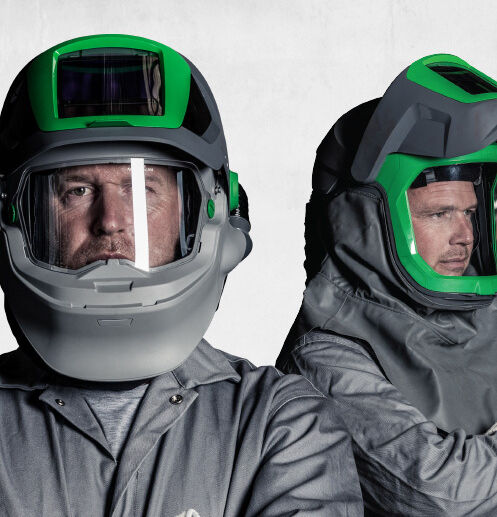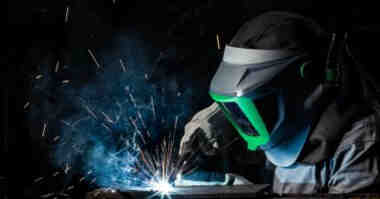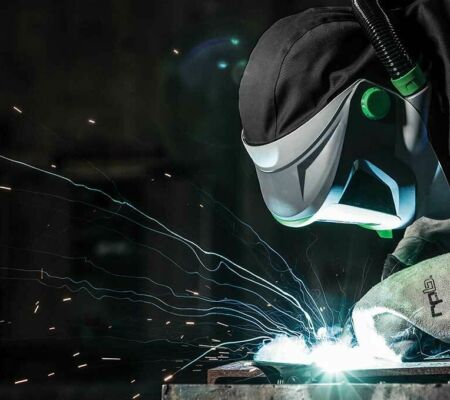
Over 50% of products manufactured in the US require welding, so to say it is vitally important to the economy is an understatement.
Back to Articles & Resources View all Welding & Fabrication content
Sadly, with an aging workforce, the US has a big problem; an overwhelming shortage of welders. The average age of an employee in the US is 42, but in the welding industry, it is 55.
Because of this, the US will need 375,000 welding professionals by 2023 to fill job openings. Global welder shortage – insight from three continents | Welding Value This shortage comes through decades of deindustrialization, overseas manufacturing, and a preference by young adults to go into knowledge-based work as they finish school, not trades. This problem will continue as the number of highly skilled professionals leaving the industry outweighs those entering.
The Impact of the Shortage
As the US population grows, infrastructure and manufacturing power is essential to support its growth. A larger population means a greater demand for new developments. Over time, buildings depreciate, so there is a need to improve aging infrastructure. Cars, planes, and modes of transport all depreciate, frequently needing to be repaired or replaced. With an infinite pool of work needing completion, a significant strain on the workforce results in longer lead times, production problems, and higher costs. It harms businesses as their output levels are limited, which impacts consumers as it slows down projects.

By 2023 the US will need
375,000 welding professionals to fill job openings.
This shortage comes through decades of deindustrialization, overseas manufacturing, and a preference by young adults to go into knowledge-based work as they finish school, not trades.
Why Welding?
Welding has not been a first choice for school leavers for a long time, contributing to the shortage. As new industries have started, appealing job opportunities have opened, and young people perceive these as being more exciting. Additionally, over the years, there has been a lot of misinformation about welding salaries and career opportunities, placing negative light on the profession. In truth, the average salary for a welder in the US is $ 40,000, compared to a national average wage of just $ 31,000. Those who have undergone higher academic studies, such as a university degree, can expect to make $ 55,000 per annum.
Although higher than welders, there is a price tag with time and actual course costs. A 4-year university degree, completed in or out of state, can cost over $ 100,000 compared to a welding tuition school which starts from only $ 5,250 and runs for 3-7 months. For a similar wage, welders accrue far less debt and enter the workforce faster; like any job, driven individuals can progress into higher-paying roles through work experience and further training. The perception that welding is monotonous and lacks career development could not be further from the truth. You can weld anywhere in the world, on rigs, underwater, nuclear plants, industrial pipelines, and on military bases, with annual salaries between $ 160,000 and $ 200,000 on offer. In comparison, for those who have completed a bachelor's degree, approximately 53% remain unemployed or working in a role that does not require the expensive qualification they have studied for.
In Conclusion
Because of lower training costs, the variety of work available, and a shortage of welders around the world, welding is an industry worth considering. Contact a local welding training academy or talk to industry professionals.
Related Articles

ADF Lenses Explained
Welding can be an incredibly dangerous process, and the eyes are one of the most susceptible areas to exposure and damage.
Read article
Which welding/fabrication respirator should I buy?
Need a new welding/fabrication respirator? We break down the key differences between the Z-Link and Z4 to make this decision easier!
Read article
How to set up and use your Z4 respirator
How-to videos for the care and maintenance of your RPB Z4.
Learn more